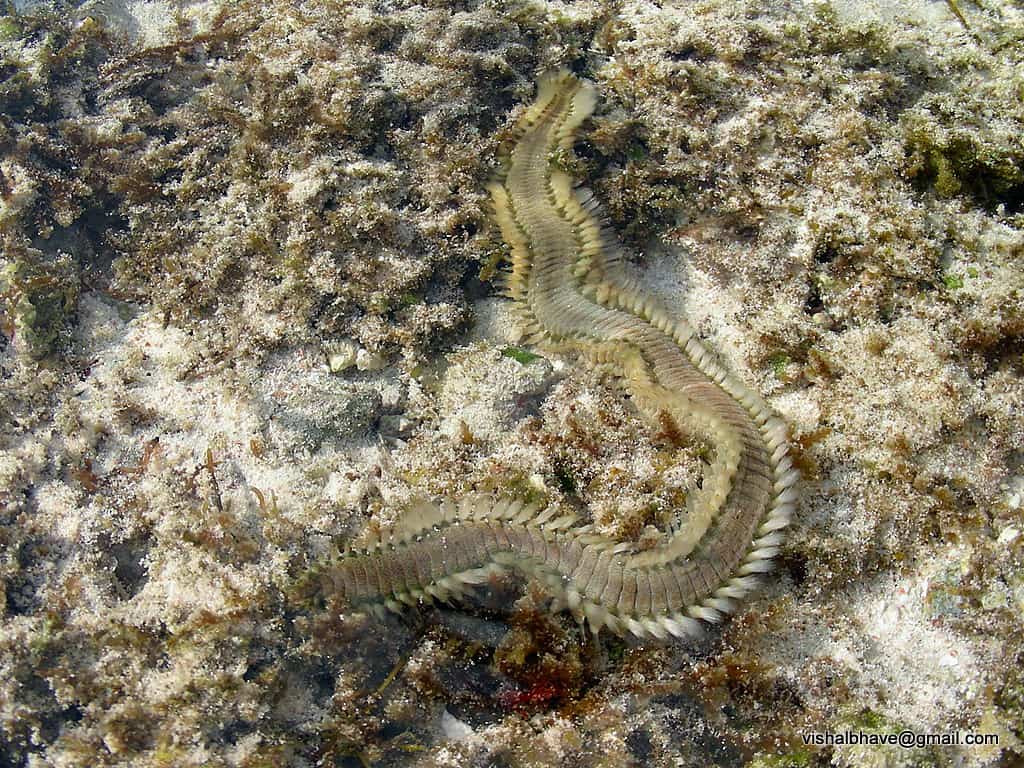Beneath the ocean’s surface lies a realm of extraordinary creatures that have evolved remarkable adaptations to thrive in their watery domains. Among these, marine worms stand out for their incredibly diverse and sometimes bizarre respiratory strategies. Unlike the lungs or gills that might immediately come to mind when thinking about breathing, marine worms have developed specialized structures and behaviors that push the boundaries of what we typically consider respiration. From specialized appendages that extract oxygen from water to complex chemical processes that allow survival in oxygen-poor environments, these invertebrates demonstrate nature’s ingenuity in addressing the fundamental need for gas exchange.
Marine worms belong to several taxonomic groups, primarily within the phylum Annelida (segmented worms) and Nemertea (ribbon worms), though other phyla contain worm-like organisms with equally fascinating respiratory systems. Their breathing tactics have evolved over hundreds of millions of years, resulting in specialized adaptations to specific ecological niches. As we explore these strange breathing methods, we’ll discover how these seemingly simple creatures employ sophisticated solutions to one of life’s most basic requirements – the need to breathe.
Parapodia: The Multifunctional Breathing Limbs

Polychaete worms, often referred to as bristle worms, represent one of the most diverse groups of marine worms with over 10,000 described species. Many polychaetes have evolved remarkable structures called parapodia—paddle-like appendages that extend from each body segment. While these structures primarily serve as locomotory organs, they also function as sophisticated respiratory surfaces. The parapodia are highly vascularized, meaning they contain an extensive network of blood vessels just beneath their thin surface, allowing for efficient gas exchange with the surrounding water.
Species like the common ragworm (Hediste diversicolor) actively wave their parapodia to create water currents that bring fresh, oxygen-rich water into contact with these respiratory surfaces. This motion serves a dual purpose: propulsion through water and enhanced oxygen uptake. In some species, the parapodia have become highly specialized for respiratory functions, developing into elaborate, feathery structures that dramatically increase the surface area available for gas exchange. This evolutionary innovation allows these worms to extract oxygen efficiently even in waters where oxygen concentration might be relatively low.
Branching Gills: Respiratory Trees of the Sea
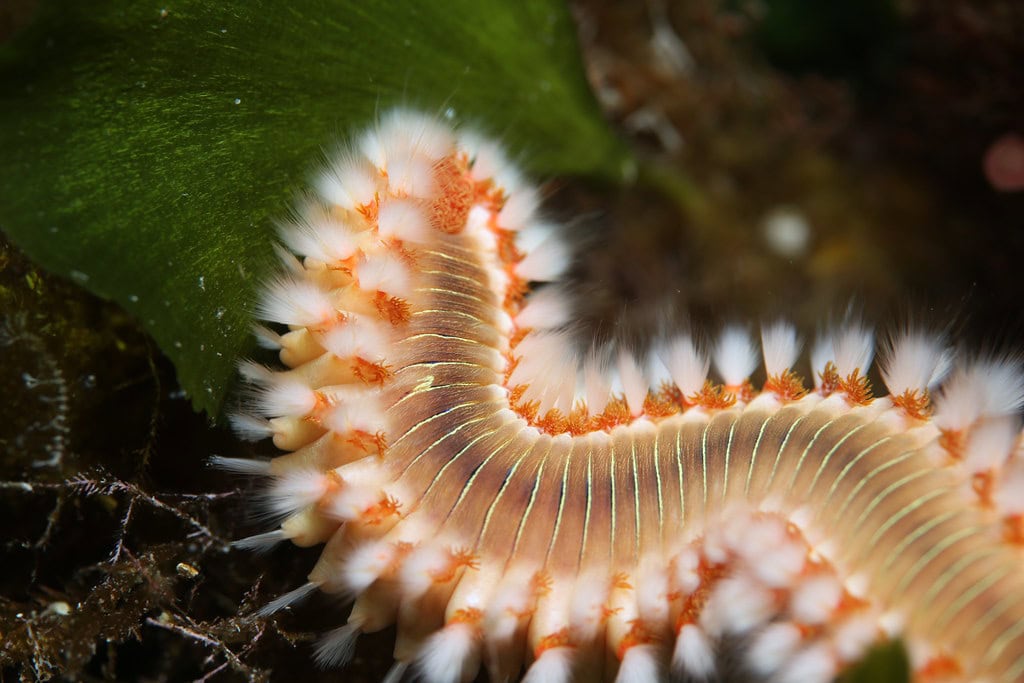
Some marine worms have evolved extraordinary branching gill structures that resemble miniature underwater trees or bushes. These specialized respiratory organs are most notably found in tube-dwelling polychaetes like the feather duster worms (Sabellidae) and fan worms (Serpulidae). These worms extend elaborately branched crowns of tentacles from their protective tubes, creating a spectacular display of living respiratory tissue. Each branch of these feathery structures contains blood vessels positioned just below the thin epithelial surface, maximizing oxygen absorption from the surrounding water.
What makes these gill structures particularly fascinating is their dual functionality. Beyond serving as respiratory organs, they also function as feeding appendages, capturing food particles suspended in the water. When threatened, these worms can rapidly retract their entire gill crown into their protective tubes within a fraction of a second. This quick-withdrawal behavior protects both their delicate respiratory tissues and their lives from potential predators. The evolution of these multi-purpose structures demonstrates the remarkable efficiency achieved through natural selection, where a single organ system serves multiple critical life functions.
Cutaneous Respiration: Breathing Through the Skin

Many marine worms employ a seemingly simple yet highly effective respiratory strategy known as cutaneous respiration—essentially breathing through their skin. This method is particularly prevalent among smaller worm species and those with flattened body forms. The process relies on the worm’s body surface being thin enough to allow gases to diffuse directly between the environment and the worm’s internal tissues or circulatory system. For this method to be effective, the worm must maintain a moist body surface and have adequate circulatory mechanisms to transport the absorbed oxygen throughout its body.
Ribbon worms (phylum Nemertea) are masters of cutaneous respiration, with their flattened bodies providing an extensive surface area relative to their volume. This high surface-area-to-volume ratio maximizes their oxygen absorption capacity. Similarly, many small polychaetes rely primarily on cutaneous respiration, especially those living in well-oxygenated habitats like rocky intertidal zones. What makes this breathing strategy particularly advantageous is its simplicity—it requires no specialized respiratory organs that could be damaged or compromised, allowing these worms to recover quickly from injury or even regenerate lost body segments while maintaining respiratory function.
Posterior Breathing: The Rear Ventilation System
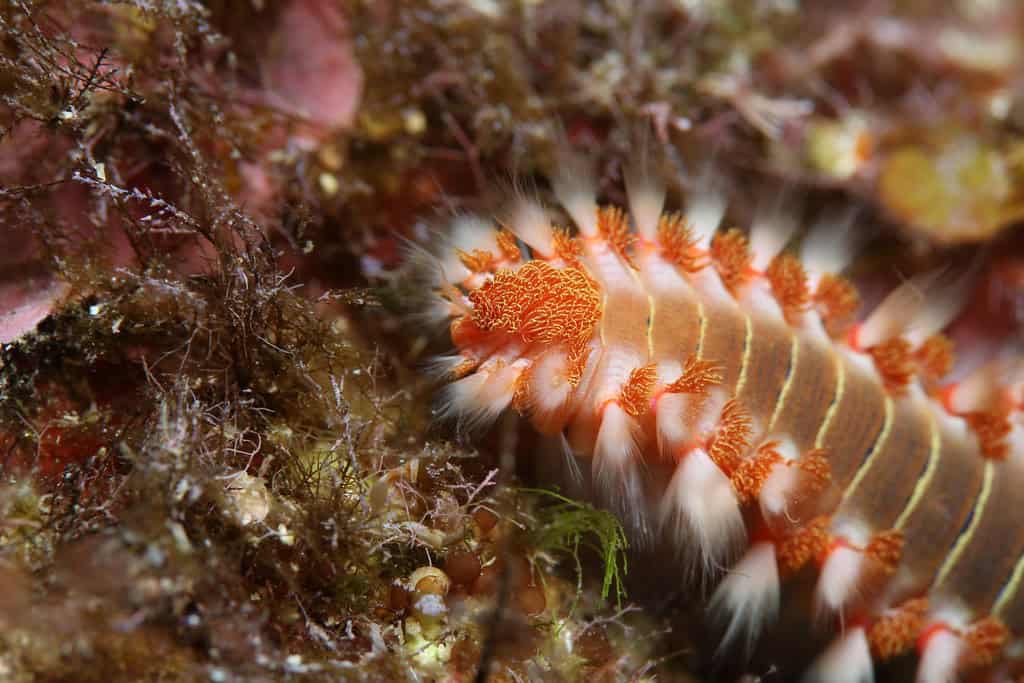
Some marine worms have evolved the remarkable ability to breathe primarily through their posterior end—a strategy that might seem counterintuitive but proves highly effective in their specific habitats. Lugworms (Arenicola marina), common inhabitants of sandy and muddy shores, exemplify this unusual respiratory tactic. These worms create U-shaped burrows in the sediment, with their head end buried deep in the substrate where they ingest sediment to extract organic matter. Their posterior end, however, remains connected to the water column above through a vertical shaft in their burrow system.
The lugworm actively pumps water through its burrow by rhythmic contractions of its muscular body, creating a one-way flow of oxygenated water that enters through the tail shaft and exits through the head shaft. This ingenious ventilation system serves multiple purposes: it delivers oxygen-rich water to the worm’s gills (located along the middle portion of its body), removes metabolic wastes, and prevents the buildup of toxic hydrogen sulfide that is common in marine sediments. Research has shown that a single lugworm can process up to 25 liters of water per day through this remarkable posterior breathing system—an impressive volume for an animal typically measuring just 10-20 centimeters in length.
Hemoglobin Innovations: Breathing Without Breathing
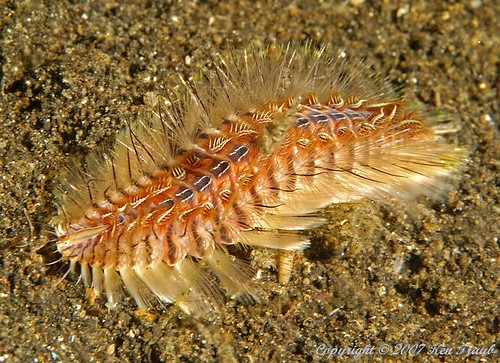
Marine worms have evolved remarkable biochemical adaptations related to respiratory pigments that border on the extraordinary. While hemoglobin is the familiar oxygen-carrying molecule in human blood, marine worms have developed specialized versions of this protein that demonstrate superior oxygen-binding capabilities. The giant tube worm (Riftia pachyptila), which inhabits hydrothermal vents in the deep ocean, possesses hemoglobin molecules that can bind oxygen with an affinity approximately 40 times greater than human hemoglobin. This extraordinary adaptation allows these worms to extract oxygen efficiently from the nearly anoxic waters around hydrothermal vents.
Even more remarkable are marine worms like the bloodworm (Glycera dibranchiata), which contains hemoglobin dissolved directly in its body fluids rather than contained within blood cells. This adaptation, known as extracellular hemoglobin, gives the worm its characteristic bright red color and significantly enhances its oxygen storage capacity. Some marine worms can store so much oxygen in their hemoglobin that they can survive for extended periods—sometimes days or even weeks—without actively breathing. This biochemical innovation essentially allows them to “breathe without breathing,” sustaining metabolic activities during periods when environmental oxygen may be unavailable, such as when the tide recedes or when burrowed in oxygen-poor sediments.
Symbiotic Respiration: Breathing Through Partnerships

Perhaps the most extraordinary respiratory strategy employed by certain marine worms involves symbiotic relationships with microorganisms. The most famous example is found in the aforementioned giant tube worm (Riftia pachyptila), which inhabits the harsh environment of deep-sea hydrothermal vents. Rather than possessing a digestive system, these worms house specialized bacteria within an organ called the trophosome. These chemosynthetic bacteria utilize hydrogen sulfide from the vent fluids and oxygen from the surrounding water to produce organic compounds that nourish the worm host. In this remarkable arrangement, the worm’s respiratory system primarily serves to deliver oxygen and hydrogen sulfide to the bacterial symbionts rather than solely supporting its own metabolic needs.
This symbiotic respiratory strategy has allowed giant tube worms to colonize environments that would otherwise be lethally toxic. The worm’s bright red plume, extending from its tube into the water column, contains hemoglobin that binds both oxygen and hydrogen sulfide without being poisoned—a biochemical feat that would be impossible for most animals. The bound compounds are then transported to the trophosome, where the bacterial symbionts utilize them. This arrangement is so efficient that giant tube worms exhibit some of the fastest growth rates known among marine invertebrates, capable of growing up to 2 meters in length and increasing their body mass by over 200 grams per year in an environment where most animals would perish instantly.
Anaerobic Survival: Life Without Oxygen
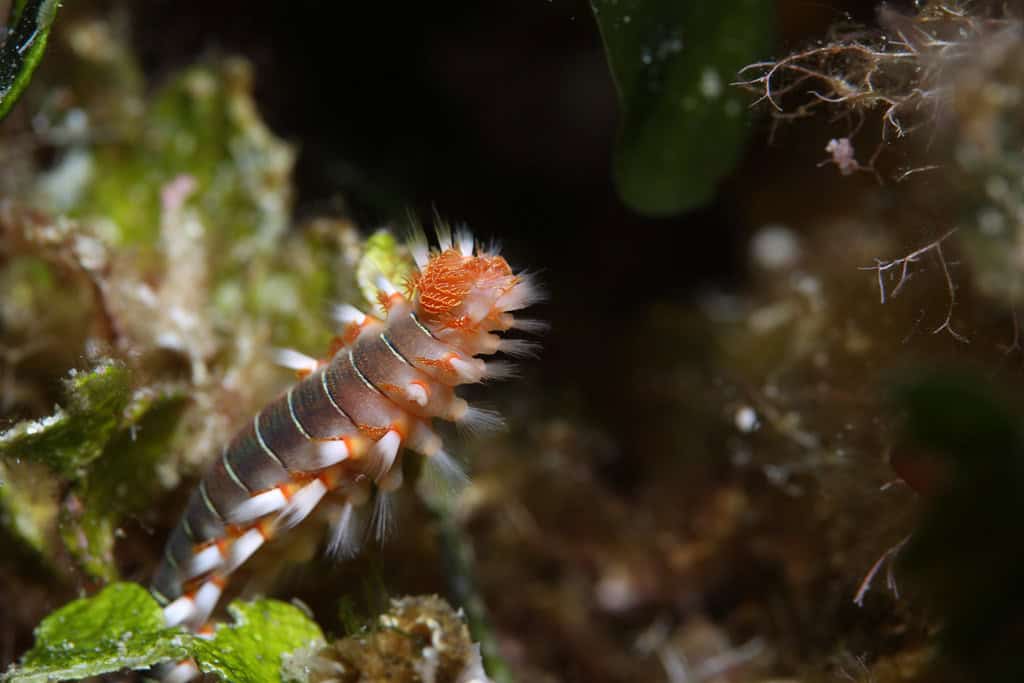
Some marine worms possess the remarkable ability to survive extended periods without oxygen through anaerobic metabolism—essentially a form of respiration that doesn’t require oxygen. This extraordinary adaptation is particularly prevalent among worms inhabiting marine sediments, where oxygen can be scarce or entirely absent. Species like the lugworm can switch between aerobic respiration when oxygen is available and anaerobic pathways when necessary. During anaerobic conditions, these worms utilize alternative electron acceptors in place of oxygen or rely on fermentation pathways to generate energy, though at a much lower efficiency than aerobic respiration.
The champion of anaerobic survival among marine worms is likely the Spinoloricus cinzia, a microscopic worm-like creature discovered in the permanently anoxic sediments of the Mediterranean Sea’s L’Atalante Basin. These remarkable organisms have completely abandoned oxygen-dependent metabolism, instead using a hydrogen-based biochemistry previously unknown in animals. Their mitochondria—the cellular organelles typically associated with oxygen-based respiration—have been repurposed to perform hydrogen-dependent metabolism. This revolutionary discovery has expanded our understanding of life’s metabolic capabilities and suggests that similar adaptations might enable life in oxygen-free environments elsewhere in the universe, including potentially habitable zones on other planets.
Rhythmic Ventilation: The Marine Worm Breathing Dance
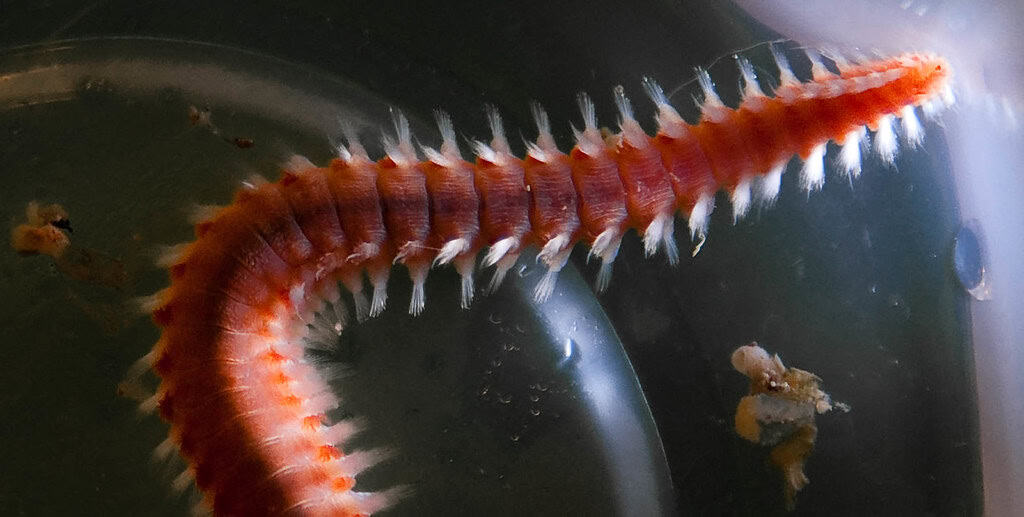
Many marine worms engage in rhythmic body movements that facilitate respiration—a behavior that could be described as a breathing dance. Parchment worms (Chaetopterus variopedatus), for instance, create elaborate mucus nets within their U-shaped tubes and use specialized fan-like appendages to pump water through their dwellings. This water current serves the dual purpose of delivering food particles trapped in the mucus net and providing oxygen for respiration. The rhythmic, pulsating movements of these specialized structures are so regular and efficient that they continue even when the worm is at rest, ensuring constant ventilation.
Similarly, the Christmas tree worm (Spirobranchus giganteus) performs a mesmerizing spiral unfolding of its brightly colored respiratory crowns when feeding and breathing, followed by lightning-fast retraction when disturbed. Research has shown that these ventilation rhythms are controlled by sophisticated neural mechanisms that can adjust the frequency and amplitude of the movements in response to environmental conditions such as oxygen availability, water temperature, and current strength. Some species even synchronize their ventilation movements with tidal cycles, increasing their respiratory efforts during periods of higher water flow when more oxygen is available and more metabolic wastes can be efficiently removed.
Extreme Environment Specialists: Adapting to Respiratory Challenges

Marine worms have colonized some of the most respiratory-challenging environments on Earth, developing specialized breathing tactics to match their extreme habitats. In oxygen minimum zones (OMZs)—vast oceanic regions where oxygen concentrations drop to near zero—certain polychaete worms not only survive but thrive. Species in the genus Linopherus have enlarged branchiae (gill-like structures) with enhanced blood supply that can extract the scant available oxygen with remarkable efficiency. Studies have shown that these worms can maintain normal metabolic activity at oxygen concentrations as low as 0.1 milliliters per liter—conditions that would be fatal to most marine animals.
At the other extreme, intertidal marine worms face the challenge of alternating between aquatic and aerial respiration as tides fluctuate. The sandworm Alitta virens has evolved respiratory structures that function effectively in both water and air, allowing it to continue breathing regardless of tide level. During low tide, these worms maintain a film of water around their respiratory surfaces, preventing them from drying out while still allowing gas exchange with the atmosphere. Some intertidal species even exhibit behavioral adaptations, rhythmically emerging from their burrows to “breathe” atmospheric oxygen during low tide and returning to traditional aquatic respiration when the tide returns—a remarkable demonstration of respiratory flexibility that few other animal groups can match.
Seasonal Respiratory Adaptations: Changing with the Environment
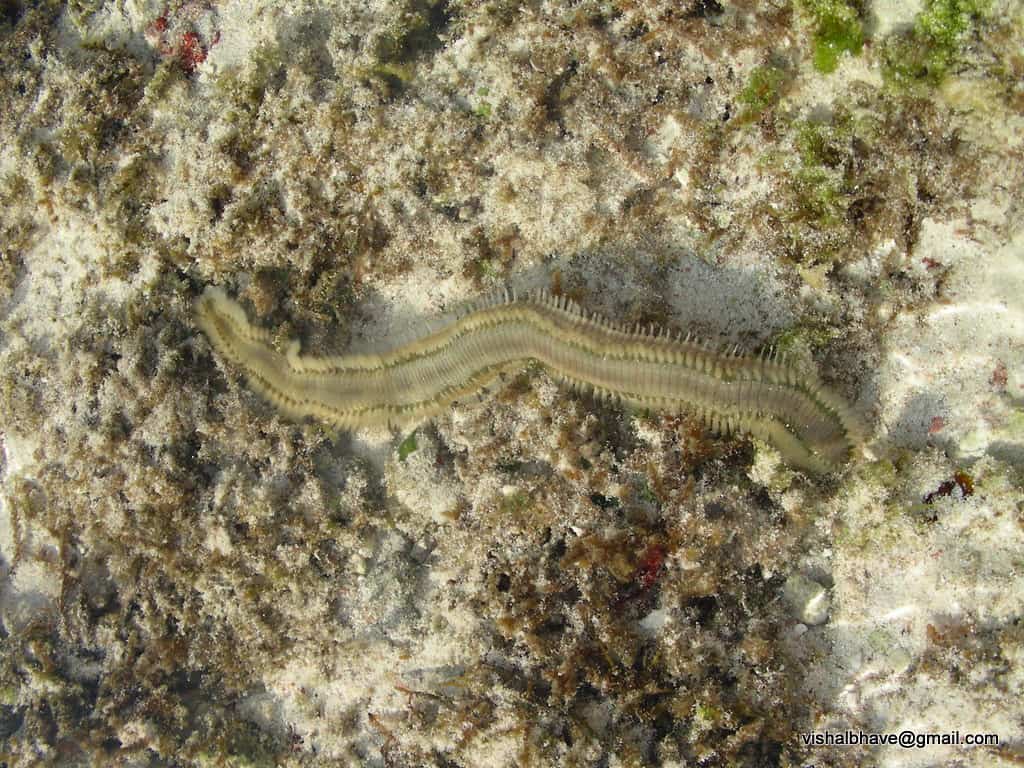
Many marine worms display remarkable seasonal adjustments to their respiratory strategies, demonstrating sophisticated physiological plasticity. In temperate and polar regions, where water temperatures and oxygen solubility fluctuate significantly throughout the year, certain polychaete species undergo substantial modifications to their respiratory structures and biochemistry. During colder months, when oxygen solubility in seawater increases but metabolic demands decrease, species like the scale worm Harmothoe imbricata reduce the size and blood supply to their respiratory surfaces. Conversely, during warmer months when oxygen becomes less soluble but metabolic demands increase, these same worms develop enlarged respiratory structures with enhanced vascularization.
Beyond structural changes, seasonal biochemical adaptations have been documented in several marine worm species. The common ragworm (Hediste diversicolor) produces different hemoglobin variants depending on seasonal conditions, with summer isoforms having higher oxygen affinity to compensate for lower environmental oxygen availability. Research has revealed that these seasonal adaptations are not merely responses to immediate environmental conditions but are often regulated by photoperiod-sensitive hormonal systems that anticipate seasonal changes. This proactive rather than reactive approach to respiratory adaptation allows marine worms to prepare their breathing apparatus in advance of challenging conditions, contributing to their remarkable success across diverse and fluctuating marine environments.
Conclusion: The Remarkable Respiratory Ingenuity of Marine Worms

The diverse and often strange breathing tactics employed by marine worms represent some of nature’s most innovative solutions to the fundamental challenge of respiration in aquatic environments. From the elaborate gill crowns of tube-dwelling polychaetes to the symbiotic relationships of hydrothermal vent worms, these adaptations demonstrate the extraordinary evolutionary creativity that has allowed marine worms to colonize virtually every marine habitat on Earth. The respiratory systems of these seemingly simple creatures often surpass human engineering in their elegance and efficiency, achieving maximum functionality with minimal biological investment.
These remarkable adaptations also offer valuable insights for human applications, from medical technologies inspired by hemoglobin innovations to environmental monitoring systems based on the sensitivity of certain worm species to oxygen fluctuations. As we continue to explore the oceans, we will undoubtedly discover even more extraordinary respiratory strategies among the countless marine worm species that remain undescribed. In studying these strange breathing tactics, we gain not only scientific knowledge but also a deeper appreciation for the boundless ingenuity of evolutionary processes that have shaped life on our planet for billions of years.
Perhaps most importantly, the respiratory adaptations of marine worms remind us that life’s fundamental challenges can be solved in countless ways beyond the familiar vertebrate models of lungs and gills. The bizarre, beautiful, and remarkably efficient breathing mechanisms of these invertebrates stand as testimony to the principle that in nature, necessity truly is the mother of invention. As climate change alters marine oxygen levels and temperatures worldwide, the adaptive respiratory strategies of marine worms may prove crucial to their survival—and to our understanding of how marine ecosystems will respond to our changing planet.
- Beginner’s Guide to Identifying Animal Tracks - August 23, 2025
- Are Nature Reserves Failing Their Conservation Mission? - August 23, 2025
- What Happens If Predators Are Reintroduced to Yellowstone - August 23, 2025

